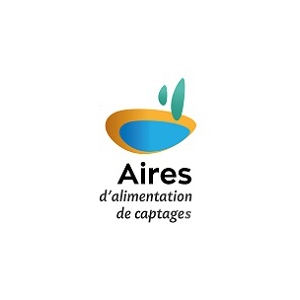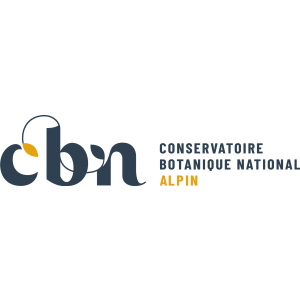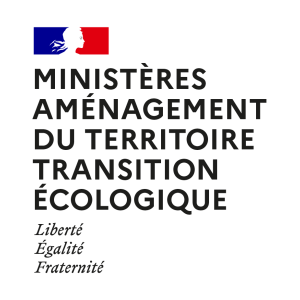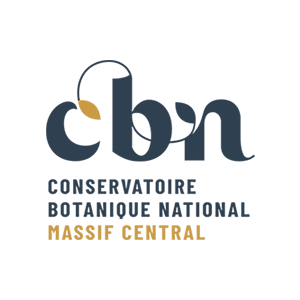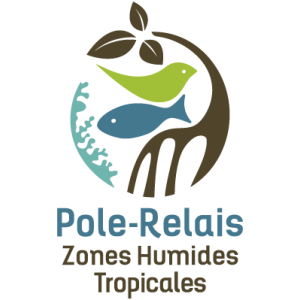
Document généré le 16/12/2025 depuis l'adresse: https://www.documentation.eauetbiodiversite.fr/fr/notice/phytoplankton-community-of-lake-baskandi-anua-cachar-district-assam-north-east-india-an-ecological-study
Phytoplankton community of Lake Baskandi anua, Cachar District, Assam, North East India – An ecological study
Titre alternatif
Producteur
Contributeur(s)
EDP Sciences
Identifiant documentaire
11-dkey/10.1051/kmae/2015034
Identifiant OAI
oai:edpsciences.org:dkey/10.1051/kmae/2015034
Auteur(s):
M.B. Devi,S. Gupta,T. Das
Mots clés
Phytoplankton
diversity
chlorophyll
water quality
anua
Phytoplancton
diversité
chlorophylle
qualité de l’eau, bras mort
Date de publication
18/01/2016
Date de création
Date de modification
Date d'acceptation du document
Date de dépôt légal
Langue
en
Thème
Type de ressource
Source
https://doi.org/10.1051/kmae/2015034
Droits de réutilisation
Région
Département
Commune
Description
Diversity, relative abundance and dominance of phytoplankton community of the Lake
Baskandi anua, an oxbow lake of Assam, North east India were studied during December 2009
to November 2010. Chlorophyll content and biomass of phytoplankton along with
physico-chemical properties of water of the lake were also estimated. The lake is covered
with Hydrilla and other macrophytes like Eichhornia, Trapa,
Altrnenthera, Polygonum, Ludwizia sp., etc. Seasonal fluctuations of 41 genera
of phytoplankton, belonging to 5 groups (Chlorophyceae, Cyanobacteria, Bacillariophyceae,
Euglenophyceae and Dinophyceae) were encountered in the lake. Chlorophyceae was found to
be highest in winter, Cyanobacteria and Euglena in monsoon and Bacillariophyceae in pre
monsoon. According to Engelmann’s scale, Spirogyra indica was found
eudominant followed by 10 dominant, 24 subdominant and 20 recedent species. Chlorophyll- a
content of phytoplankton varied from 14.18 to 33.89 μg·L-1, during the study period. One way analysis of variance
(ANOVA) revealed significant seasonal variation in physico-chemical properties of water
like Water temperature, pH, Conductivity, Dissolved oxygen, Free CO2, Total alkalinity, Calcium,
Chloride, Nitrate and Ammonia. Relationship between phytoplankton group assemblage and
environmental variables were explored by the ordination method CCA (Canonical
Correspondence Analysis).
Accès aux documents
0
Consultations
0
Téléchargements












